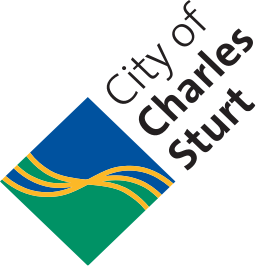Cnr Woodville Road and Church Street
The Woodville Wesleyan Mission was organised in 1876 as part of the Port Adelaide Circuit. Services were initially held in the York (now Kilkenny) Rechabite Hall. Local landowner, Captain Henry Simpson, donated a portion of his land of Woodville Road so that a church could be built.
The first church was constructed in 1877 using iron salvaged from the ‘Iron King’, a ship that wrecked on Troubridge Shoal en route from London to Port Adelaide in 1873. Newspaper reports described the church as being very substantial, yet compact:
“It is built on Jarrah piles about two feet from the ground and is constructed of material iron with a corrugated iron roof, the spaces between the lining-boards being filled with seaweed….The building has a light and airy appearance and will accommodate 150 persons. The platform is of cedar and the seats are of polished.”The South Australian Advertiser, ‘Opening of a New Church at Woodville’, 12 December 1977, p7. http://nla.gov.au/nla.news-article29597278
In 1883 it was decided to replace the church with a stone one and plans were drawn up by Messrs Bayer and Withall. The foundation stone was laid by Mrs W Crocks in December 1883. The new church opened in April 1884.
The ‘Iron King’ church continued to be used for Sunday school, before three Sunday schoolrooms were built a few years later. The Iron King was reported as still standing at the time of the Church’s jubilee in 1928 and was still being used by the kindergarten section of the Sunday school and for meetings.
In 1901 the parsonage was built.
When the church was designed, it was decided to build the nave (middle section) only and leave the completion of transepts and vestries to a later time. These were added in 1903. The enlarged church was able to seat 500.
The Church complex (church, hall, cottage) is listed as a Local Heritage Place. It is considered of heritage value because it represents the expanding population of Woodville and the early provision of religious facilities in the district.
The Church is constructed of random coursed stone with:
- Rendered quoins and surrounds.
- Pointed arch windows and doors with hood moulds.
- Hipped and gabled corrugated iron roof.
- Decorative fleche, pressed metal with louvers.
- Stained glass windows.
- Ornamental rendered bell tower.
- Ashlar rendered buttresses.
SourcesCity of Woodville Heritage Survey, Danvers Architects, 1994
The Advertiser, 26 July 1928, ‘Woodville Methodist Church’, p16.
A History of Woodville, Susan Marsden, 1977
